Stunning African ruins that will blow you away!
Africa makes up 15 percent of the world’s population yet her origins remain a mystery. Silent ruins dot the continent leaving evidence of powerful kingdoms and civilizations that dominated her landscape.
The roots of every family tree trace back to Africa, and so does civilization.
Described are ruins of great cities built along with her extensive trade networks, Art of unparalleled beauty, and her marvelous architecture.
Volubilis, Morocco
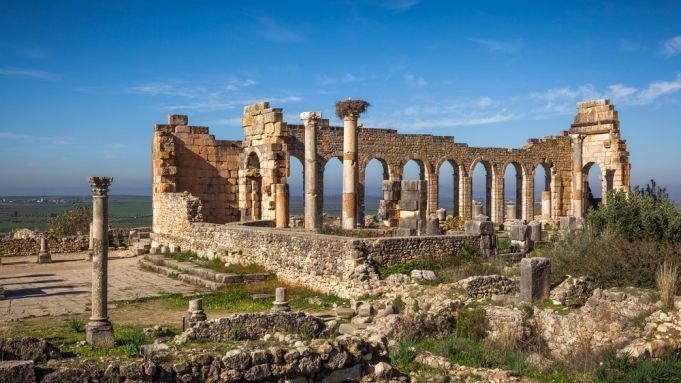
The ruins at Volubilis are splendid relics of a once glorious past dating back to the Roman empire. Volubilis is perfectly preserved and can be viewed from the Holy town of Moulay Idriss
Zerhoune. At its height, it was the administrative center of the kingdom of Mauretania and afrontier region of the Roman empire. The city grew well into the 2nd and 3rd centuries AD when most of the buildings that remain visible to this day were constructed. Over the years, thebuildings withstood African, Islamic, and Christian influences which can be spotted on theconstruction and architectural build. UNESCO declared the ruins as a World Heritage Site in 1997.
Thus far, only half of Volubilis has been excavated, mansions once occupied by the city’s elite, and containing well-preserved mosaics. You can access the ruins by making a day trip from Fez or Meknez. For the less sporty, there is no direct bus to the site. However, a rental car or direct taxi can drop you at the exact spot. The entrance fee is $3.
Also read:
Kilwa Kisiwani, Tanzania
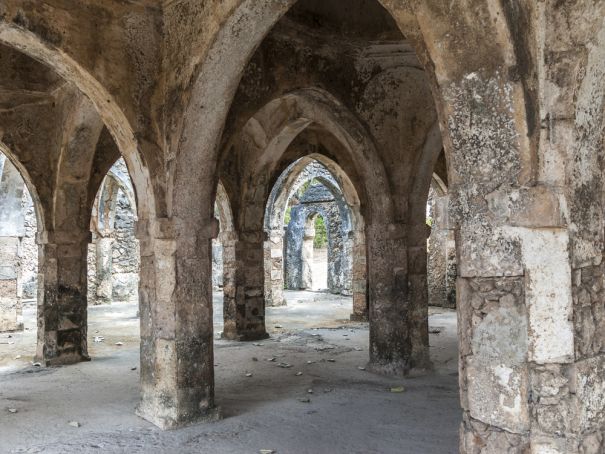
Interpreted as the Isle of fish, Kilwa Kisiwani is an island on the Indian Ocean off the Tanzanian coast. According to historical can archeological count, it was the most powerful empire in the region during the 13th and 15th centuries at its peak. Ruled by a Kilwa Sultanate, their territory spanned from Kenya to Mozambique extending across the entire Swahili coastline.
The island hosts remarkable ruins such as The Great Mosque which is the oldest Islamic structure of worship at the East African coast. Close by is the Palace of Husuni Kubwa which overlooks the island from its raised vantage point. In ancient sub-Saharan Africa, the palace is one of the largest buildings ever constructed.
Also read:
Get a local permit from the local government premise at Kilwa Masoko, where you can also hire a guide. In favorable windy conditions, a boat ride to the island hardly exceeds 20 minutes. If we factor in the boat ride, guide fees, and entry fees, the entire endeavor should average $40.
Great Zimbabwe, Zimbabwe
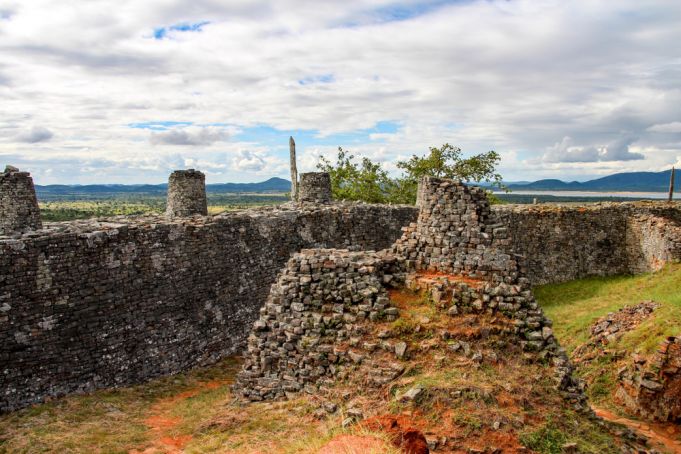
Once a powerful kingdom in the Iron Age of ancient Zimbabwe, Great Zimbabwe was the central administrative center and capital. As the largest ruins in sub-Saharan Africa, the area once supported over 18,000 people across 1,700 acres.
Construction took place between the 11th and 15th centuries. Three distinct architectural marvels stand out, a hill complex, a valley complex, and the central great enclosure. Many who visit are stunned by the construction technique that uses dry stone without mortar.
Also read:
The area is a 20-minute drive from Masvingo, around 17 miles. As a popular tourist attraction, the area can be accessed by bus or taxi, costing anywhere from $15 to $20.
Khami Ruins, Zimbabwe
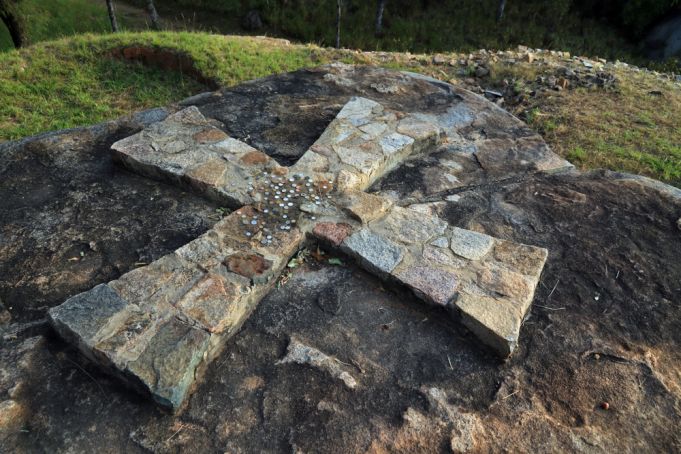
After the collapse of Great Zimbabwe, the new power center was Khami. Construction stretched from 1450 to 1650 and was the capital of Butua state.
The stone fabrication technique used in construction seems fairly similar to Great Zimbabwe but improved upon with chevron and checkered patterns on the passageways. Dubbed as a World Heritage Center by UNESCO in 1986, the national monument is the longest decorated wall in sub-Sahara. Khami Ruins are 22 miles from Bulawayo, the second-largest city in Zimbabwe.
Opening hours are from 0930hrs to 1700hrs, every day. Access to the ruins for an adult non-resident is $10. You can pack a picnic lunch as you enjoy the view and serenity around Khami River.
Luxor Temple, Egypt
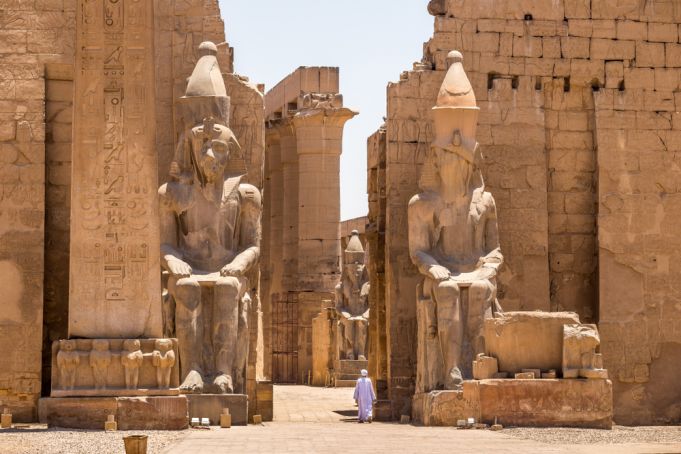
Dating back 1392 BC Luxor Temple stands in what was once the ancient great city of Thebes. The city was Egypt’s capital from the twelfth dynasty, 1991BC, and peaked during the New Kingdom era.
What remains of the pillaged ruin site of Thebes are the magnificent temples. The temple of Luxor stands out as the most preserved structure resting close to the Nile. The entrance is $15 and it’s advisable to explore the ruins during the evening.
Often described as the world’s oldest open-air museum, it’s a must-visit destination while in Egypt. Ph: matias planas / Shutterstock.com
Leptis Magna, Libya
Leptis Magna is one of the world’s most preserved Roman ruin sites around the Meditteranean. The site was founded in the latter half of 7th Century BC and added into the empire in 46BC.
When traveling from Tripoli, the 80-mile journey takes 2 hours. Amazing scenery of olive farms, valleys, and rural communities surrounds the long winding road. Locals are at liberty to enter the ruins, while foreigners part with $5.
Due to the current unstable security situation in Libya, it is important to check with your government website for advice on travel. Of all countries in the ancient Maghreb region, Libya is the country under the most influence from Roman-Italian culture.
The marvel of the Arch of Septimius Severus is an incredible sight to behold in what was once the third most important city in Africa during the reign of Septimius Severus.
Aksum, Ethiopia
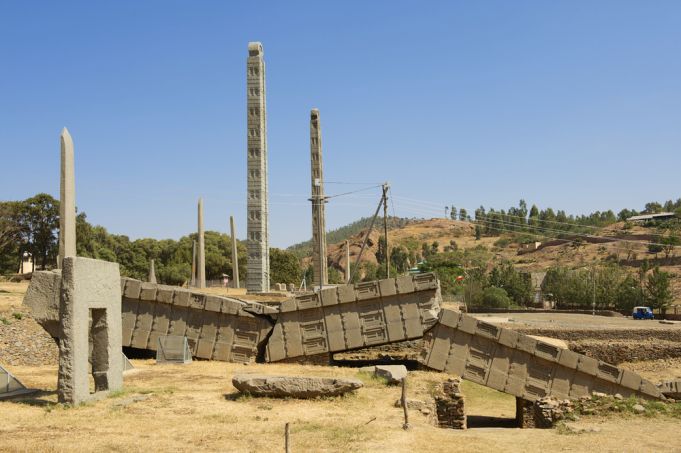
The ruins of Aksum are located in the Northern border of Ethiopia and comprise monolithic obelisks, royal tombs, and ancient castles dating back to the 1st and 13th centuries.
The largest obelisk remains towers 75 feet. There is a 108 feet tower obelisk that already collapsed.
Built as the interchange of 3 continents, the kingdom was once a powerful center between the Eastern Roman Empire and Persia. Entry is only $3 while hiring an English speaking tour guide will cost $12.













